What is a hyrax anyway?
Most people who see hyraxes in Kenya or in Africa in general think that they are some sort of rodents, as they look like overgrown guinea pigs.
It is amazing that closest relatives to hyraxes are elephants!
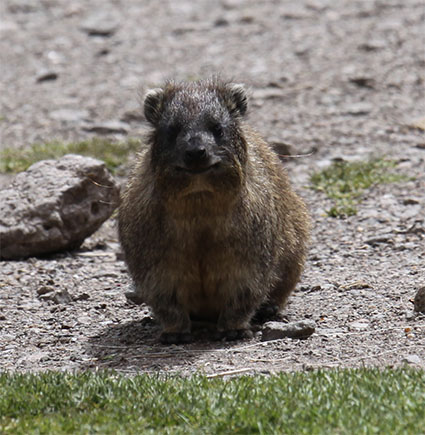
These animals are actually related to elephants and manatees. They belong to the and cohort Paenungulata – where also elephants, manatees and dugongs belong (Mammals of Africa 2013).
Strange appearance has lead to misleading name hyrax, which means “shrew mouse”. In South Africa they are called “dassie”, that is derived from Dutch word for badger, equally misleading.
In Hebrew hyraxes were known as shaphan, “meaning the hidden one”. As sailors came 3000 years ago to coast of Spain, they named it I-shaphan-im -Island of the Hyrax. As they saw many animals that they believed to be hyraxes. Animals were actually rabbits.
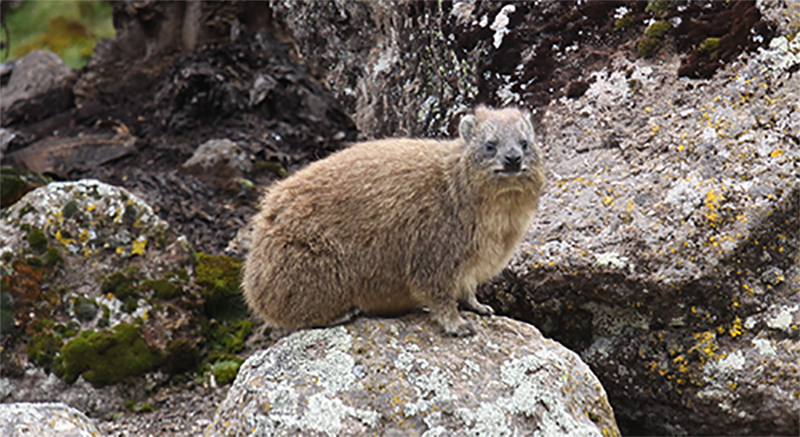
So country Spain derives its name from misunderstanding, it is named after animals that have never been there. Hyraxes are endemic to Africa.
More than 25 million years ago, there where many more species and hyraxes where largest group of medium sized herbivores. Now there are only three geniuses left and these are living in harsh conditions where competition from other herbivores is minimal.
Three genera of hyraxes:
- Procavia – rock hyraxes
- Heterohyrax – bush hyraxes
- Dendrohyrax – tree hyraxes
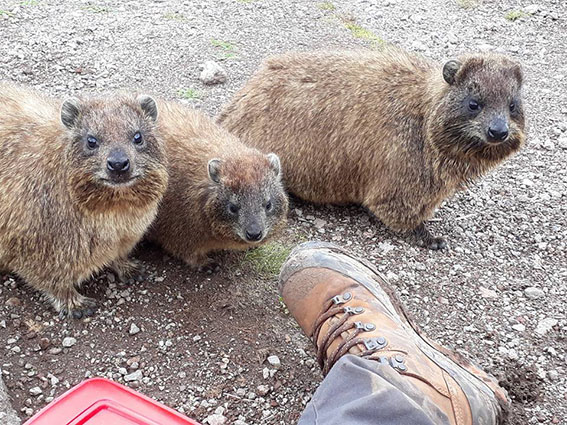
Incredible features of hyraxes
Hyraxes have tree toes, these cute soft toes are sausage like. Teeth of hyraxes are weird for small animals, resembling rhinos or horses. Upper incisors are tusk-like, larger in males than in females (Hoeck). These tusks remind of their large distant relatives, elephants.
Hyraxes have low body temperature, and they use sunshine to rise their body temperature. Hyraxes conserve energy by having low body temperature, getting warm in the sun and resting a lot. They are dependent on cavities of rock or trees for shelter to stay warm. Hyraxes have internal testes, as lower body temperature allows testes to remain inside the body.
The eye of rock hyrax has shield called “umbraculum” that allows them to stare at the sun. Perhaps this adaptation allows them to see attacks of eagles, as animals are exposed when they are basking in the sun.
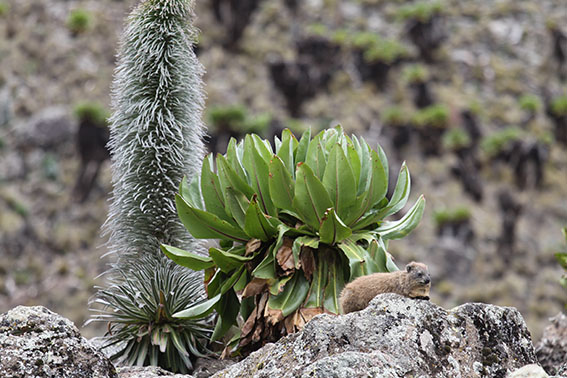
Rock hyrax eats grasses. Hyraxes do not ruminate, but their ability to digest fibers is just as efficient. Morphology of digestive system is complex and unique to hyraxes. Efficient kidneys allow them to survive with minimal water intake.
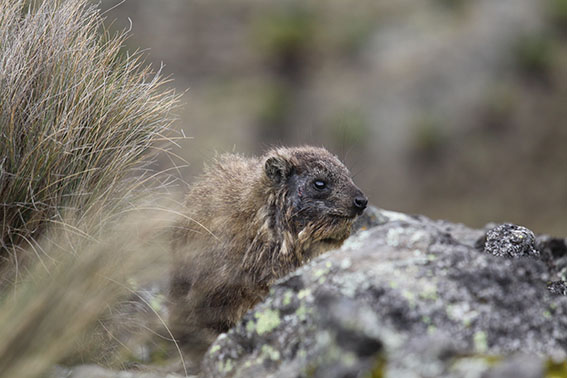
Hyraxes have long vibrissae (tactile hairs) distributed around their bodies. Probably helping them to orient in rock holes or in the darkness of the forest canopy, with tree hyraxes.
Rock hyraxes are diurnal, group living animals. Main communication method for rock hyraxes is vocal communication. Complex vocal communication include songs that male sing to attract mates (Koren & Geffren 2009).
Sources and additional reading:
Demartsev, Vlad, Arik Kershenbaum, Amiyaal Ilany, Adi Barocas, Einat Bar Ziv, Lee Koren, and Eli Geffen. 2014. “Male Hyraxes Increase Song Complexity and Duration in the Presence of Alert Individuals.” Behavioral Ecology 25 (6): 1451–58. https://doi.org/10.1093/beheco/aru155.
Hoeck, Hendrik. n.d. “Hyraxes, Order Hyracoidea. Biological Synopsis.” IUCN/SSC Afroteria Specialist Group.
Ilany, Amiyaal, Adi Barocas, Michael Kam, Tchia Ilany, and Eli Geffen. 2013. “The Energy Cost of Singing in Wild Rock Hyrax Males: Evidence for an Index Signal.” Animal Behaviour 85 (5): 995–1001. https://doi.org/10.1016/j.anbehav.2013.02.023.
Kershenbaum, Arik, Amiyaal Ilany, Leon Blaustein, and Eli Geffen. 2012. “Syntactic Structure and Geographical Dialects in the Songs of Male Rock Hyraxes.” Proceedings of the Royal Society B: Biological Sciences 279 (1740): 2974–81. https://doi.org/10.1098/rspb.2012.0322.
Kingdon, Jonathan, ed. 2013. Mammals of Africa. Vol. 1: Introductory Chapters and Afrotheria. London: Bloomsbury.
Koren, Lee, and Eli Geffen. 2009. “Complex Call in Male Rock Hyrax (Procavia Capensis): A Multi-Information Distributing Channel.” Behavioral Ecology and Sociobiology 63 (4): 581–90. https://doi.org/10.1007/s00265-008-0693-2.
Weissman, Yishai A, Vlad Demartsev, Amiyaal Ilany, Adi Barocas, Einat Bar-Ziv, Inbar Shnitzer, Eli Geffen, and Lee Koren. 2019. “Acoustic Stability in Hyrax Snorts: Vocal Tightrope-Walkers or Wrathful Verbal Assailants?” Behavioral Ecology 30 (1): 223–30. https://doi.org/10.1093/beheco/ary141.
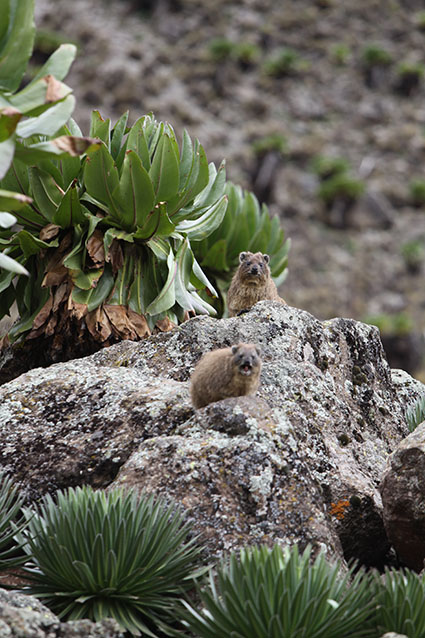
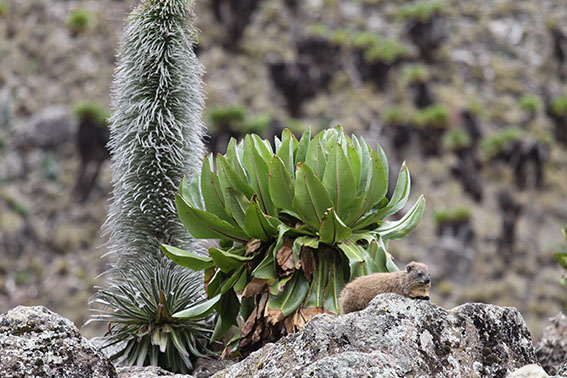
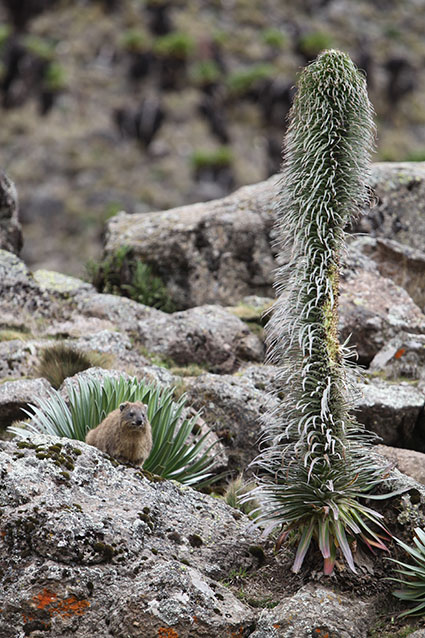
Leave a comment